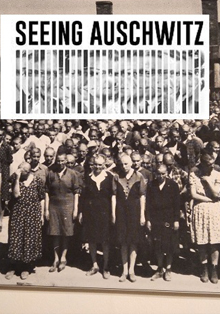Centro Sefarad-Israel and Musealia, together with the Community of Madrid, the German Embassy, the US Embassy and the collaboration of the Madrid City Council and the Austrian Cultural Forum, are organising the exhibition Seeing Auschwitz, which explores the history of the largest extermination centre in the history of humanity, until 15 July.
The exhibition was conceived and developed by Musealia in collaboration with the Auschwitz-Birkenau State Museum and in partnership with UNESCO and the UN.
At least 1,100,000 people, the vast majority of them Jews, were murdered during the Second World War in Auschwitz, the largest extermination centre operated by Nazi Germany between 1940 and 1945. Thousands of men, women and children arrived there almost daily, most of whom met their deaths in the gas chambers within hours of their arrival by train. It was the end of a process thought out and planned by the state and directed by the SS, which during the winter of 1945 would attempt to dismantle the camp and remove the “visible” traces of its crimes before fleeing. However, not everything disappeared.
As part of this testimony to the horror, some of the many photographs taken at Auschwitz were found that bear witness to the process of systematic extermination, from the arrival of the deportees to their incineration, from portraits of prisoners to images of the daily life of the officers who ran the camp.






